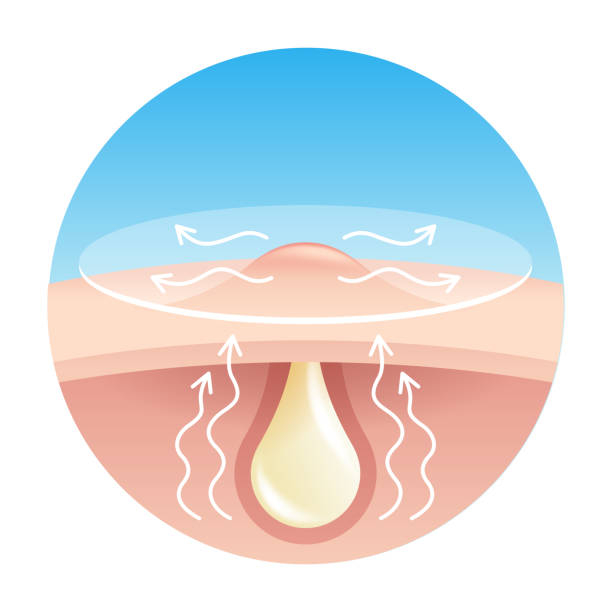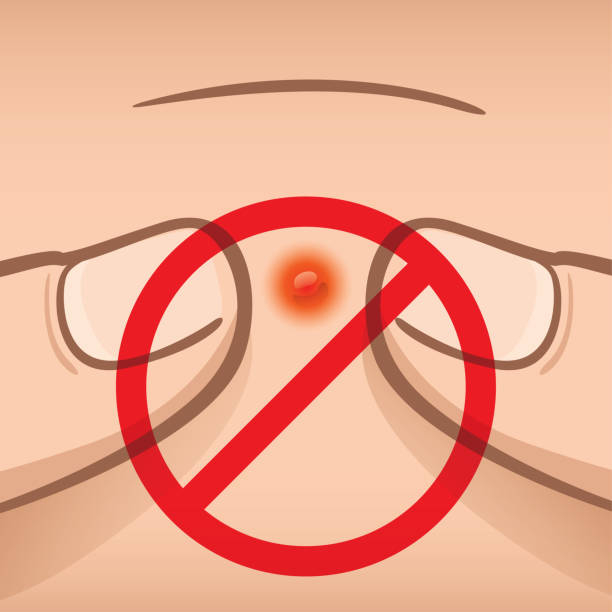What is pus?
Pus is an exudate that forms at the site of inflammation during bacterial or fungal infection. It is often white-yellow, yellow, or yellow brown in color. An abscess is an accumulation of pus in an enclosed tissue area, whereas a pustule, pimple, or spot is a visible collection of pus inside or beneath the epidermis.
Pus is a thin, protein-rich fluid made up of dead leukocytes from the body's immunological reaction (mostly neutrophils). During an infection, macrophages produce cytokines, which cause neutrophils to chemotactically seek the site of infection. There, neutrophils release granules that kill the bacterium. To counteract the immunological reaction, the bacteria produce poisons known as leukocidins. As neutrophils die from poisons and old age, macrophages consume them, resulting in sticky pus. Pyogenic bacteria are those that produce pus.
Although pus is generally a whitish-yellow appearance, it can change color under specific conditions. Myeloperoxidase, a bright green antimicrobial protein generated by some kinds of white blood cells, causes pus to become green. Certain Pseudomonas aeruginosa infections produce green, foul-smelling pus. The greenish hue is due to the production of the bacterial pigment pyocyanin. Amoebic abscesses of the liver generate brownish pus, which is characterized as appearing like "anchovy paste". Pus from anaerobic illnesses can have a strong odor.

















